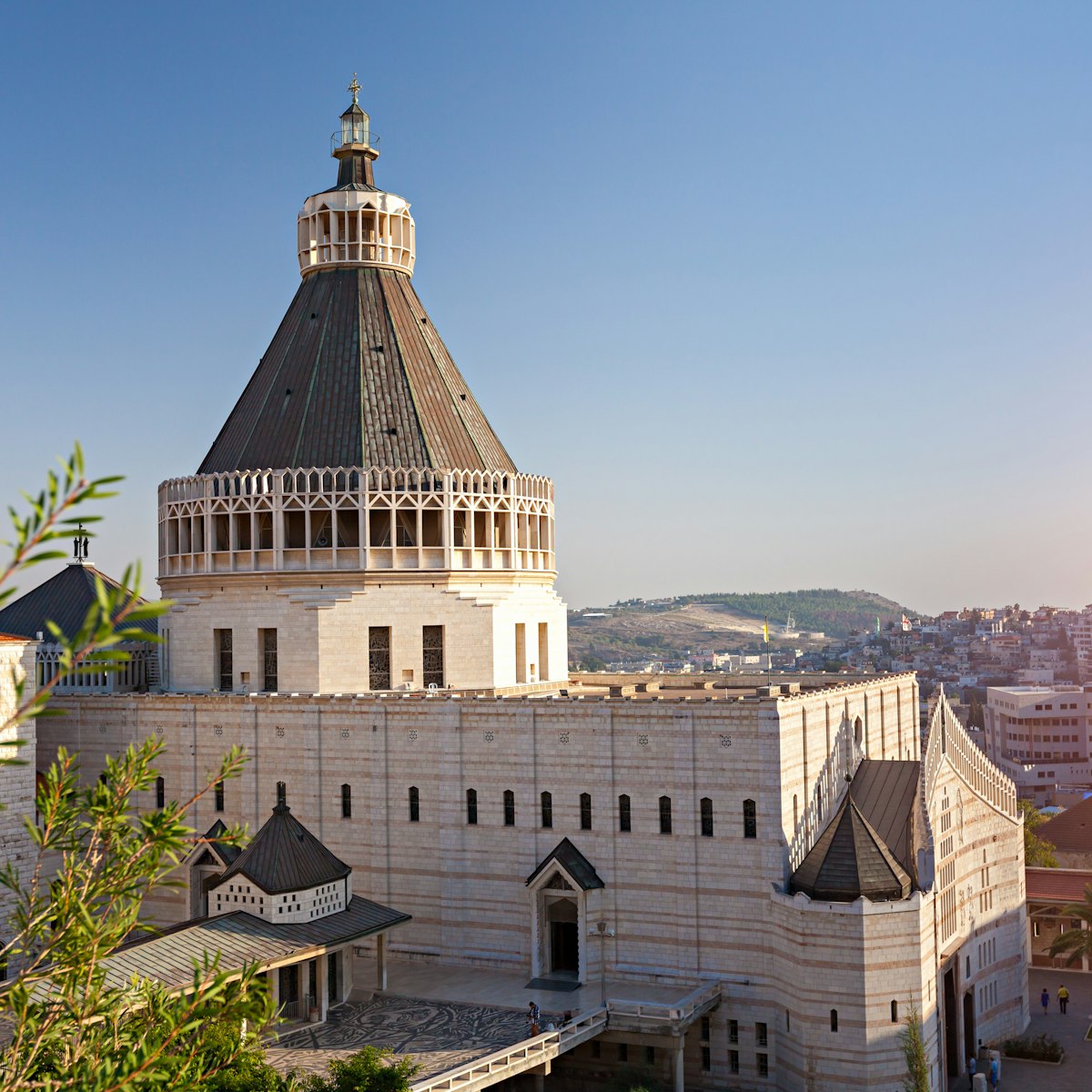Authorship of the Zohar, the most important work of Kabbalah (Jewish mysticism), is traditionally credited to the 2nd-century-CE Jewish sage Rabbi Shimon bar Yochai, who is often known by his acronym, the Rashbi (Rashby). Scholars believe the work was compiled in Spain in the 13th century. By tradition, his tomb is on Mt Meron's slopes, 5km northwest of Tsfat, somewhere under a rigorously segregated complex (men to the left, women to the right) that appears to date, in part, from the Crusader period.
Since the Rashbi's precise burial place is unknown, there is no actual tomb, just a blue-velvet-covered tziun (marker) inside a multi-alcove synagogue. Above it, candles flicker behind smoke-darkened glass while all around ultra-Orthodox men pray fervently.
Other important sages who are believed by some to be buried in the immediate vicinity include the renowned 1st-century-BCE sage Hillel the Elder, who summed up Judaism with the single commandment ‘What is hateful to thee, do not unto thy fellow man’; and Hillel’s great rival in legal disputations, Shammai.
On the eve of the holiday of Lag BaOmer, tens of thousands of mostly Haredi pilgrims flock to the tomb of the Rashbi, spending the whole night in passionate prayer, with singing and dancing around bonfires. Some pilgrims perform a ceremony, known as Upsherin in Yiddish and Halaaka in Judeo-Arabic, at which three-year-old boys are given their first haircut.
The Rashbi’s blue-domed grave complex, situated on the hillside above Moshav Meron (gate locked from sundown on Shabbat and Jewish holidays), is run rather chaotically by quarrelling Haredi groups. Adding to the intense atmosphere is the fact that the complex serves as a place of refuge for homeless people, some with psychiatric issues, and for criminals recently released from prison. To get to the tomb, you may have to run a gauntlet of beggars.







